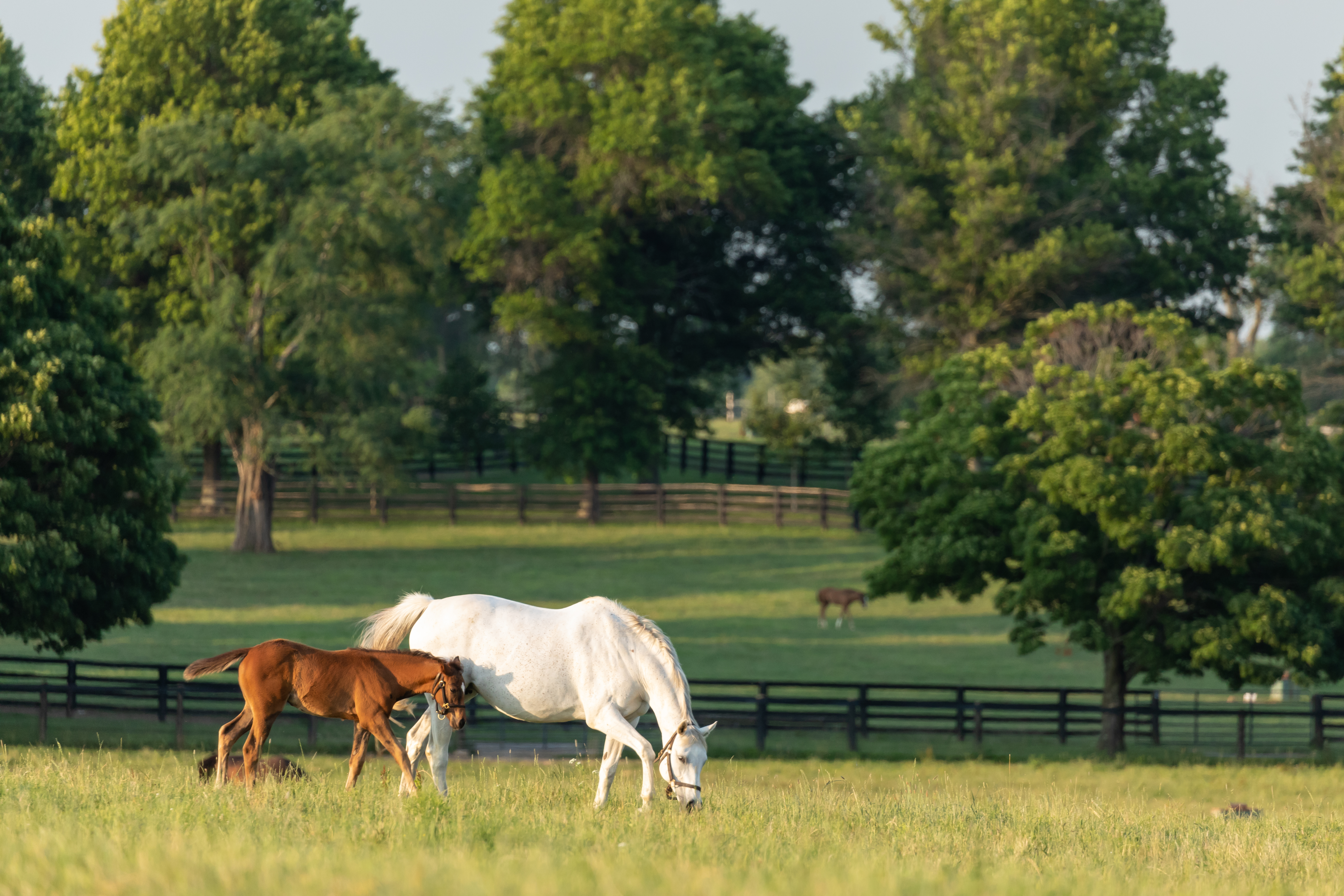The 2022 Kentucky Equine Survey: Measuring a Decade of Change
In any business or industry, good records help decision makers make good decisions. However, in general, the equine industry is one where market data is scarce. Industry-specific studies are not inexpensive, but they are worth the investment. A decade ago, the University of Kentucky and the Kentucky Horse Council joined forces to conduct the 2012 Kentucky Equine Survey, a comprehensive, statewide survey of horses, ponies, donkeys and mules. Fast-forward 10 years: UK and KHC teamed up again to produce the 2022 Kentucky Equine Survey (KyES), allowing us to learn how the industry was impacted by events of the past decade, including emerging from the most significant contraction since the Great Depression and World War II, economic uncertainty following the COVID-19 pandemic and the highest inflation levels seen since 1980. The information generated by these studies is intended to be a resource for a broad set of decision makers, including policymakers, elected officials, entrepreneurs and business owners, researchers, educators, and veterinarians.
Statewide and national equine-specific studies are essential because, due to the diverse nature of equine enterprises, traditional agricultural surveys miss significant parts of the industry. The United States Department of Agriculture (USDA) Census of Agriculture, conducted every five years, measures equine production on “farms,” defined as any establishment that has at least $1,000 in cash receipts on the sale of agricultural products annually or at least five equids. This definition largely excludes places that do not engage in the production of horses, ponies, mules or donkeys (breeding and/or selling). As a result, we believe that Census of Agriculture estimates undercount equids in Kentucky by more than 50%.
The purpose of the 2022 KyES was to determine inventory estimates of Kentucky’s equine operations and equids, and to measure economic activity on equine operations. Data collection was conducted by the Kentucky Field Office of the National Agricultural Statistics Service, an agency of the USDA. The unit of observation was an “equine operation” (as opposed to a “farm”), which was defined as an address at which at least one equid (horse, pony, mule or donkey) resided. This definition encompasses places including commercial breeding and training facilities, competition facilities, lesson barns and boarding facilities, nonprofit operations and personal residences.
Surveys were distributed by mail to 15,000 equine operations in Kentucky. Of those, 8,337 were returned with usable data (56% response rate). Results from the survey indicate that there were approximately 31,000 equine operations in Kentucky. Farms or ranches comprise the largest type of equine operation (18,000), followed by personal residences (10,000); boarding, training or riding facilities (1,000); and breeding operations (600). Another 1,400 operations indicated other primary functions.
There were an estimated 209,500 horses, ponies, mules and donkeys in the state on July 1, 2022, which is down more than 13% from 2012. Thoroughbreds (48,500) were the most prevalent breed, followed by Quarter Horses (35,000), Walking Horses (28,500), Donkeys and Mules (13,500) and Saddlebreds (12,000). Most equids in Kentucky are used for trail and pleasure riding (62,500), followed by breeding (33,500 broodmares; 22,000 “growing” horses; and 4,000 breeding stallions) and 32,500 equids are idle, retired or otherwise not working. More than 45% of Kentucky’s equids are between 5 and 15 years old, with nearly one-quarter (24.8%) over 15 years old; about 20% 1 to 4 years old; and about 10% foals and weanlings.
The value of all equids in Kentucky was $6.5 billion. The total value of all assets, including equine and equine-related assets (such as land and buildings, vehicles and equipment and so on), was estimated at $27.7 billion.
In 2021, income from sales of equids was nearly $1.1 billion, while income from equine-related services was $990 million ($450 million from breeding services and $540 million from non-breeding services). Accordingly, total equine-related income from sales and services was almost $2.1 billion 2021. In the same time frame, total equine-related expenditures amounted to $1.6 billion ($535 million in capital expenditures and $1.03 billion in operating expenditures, excluding labor). Of these operating expenses, 82% were spent in Kentucky.
Kentucky’s equine operations employed 12,500 workers (6,300 full-time and 6,200 part-time employees), with total payroll expenses of $322 million and non-wage benefits of $30 million. Labor expenses were highest for breeding-related activities (35%), followed by racing (13%), recreation (11%) and competition (9%).
Equine owners were asked to identify which equine health issues are most important. The top three equine health concerns were caring for senior equine (27.1%), musculoskeletal issues (22.4%) and digestive problems (17.4%).
Comparing the results from the last two surveys suggests some strengths: an increase in the value of equids sold; equine operation income increased more than expenses; and a smaller supply of equids, coupled with a decline in non-paid transfers, suggests that the risk of horses becoming unwanted has lessened.
The decline in the number of equids and equine operations in Kentucky is being experienced by all facets of animal agriculture across the nation, providing research opportunities to explore the driving factors of these declines within the entire agricultural industry.
Understanding the number and location of equids is critical to ensuring the health of these animals and the future sustainability of the industry. This information drives provision of veterinary and other business services, research programs and educational outreach. For Kentucky, the 2022 KyES reinforces the economic significance of equine agriculture, which remains vibrant and strong as a signature industry in Kentucky, generating investment, tourism, recreation and positive symbolism for the state.
The full report and supplementary materials (detailed methodology, county fact sheets and additional detailed state- and county-level analyses) are available online at https://equine.ca.uky.edu/kyequinesurvey.
C. Jill Stowe is a professor within UK’s Department of Agricultural Economics

